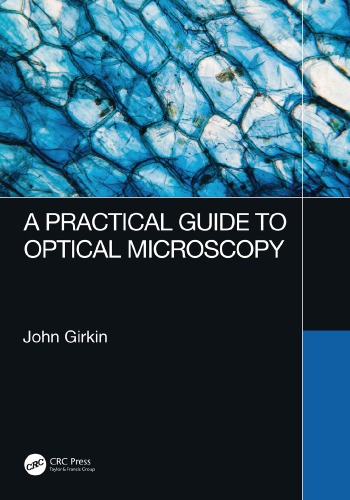

Most ebook files are in PDF format, so you can easily read them using various software such as Foxit Reader or directly on the Google Chrome browser.
Some ebook files are released by publishers in other formats such as .awz, .mobi, .epub, .fb2, etc. You may need to install specific software to read these formats on mobile/PC, such as Calibre.
Please read the tutorial at this link: https://ebookbell.com/faq
We offer FREE conversion to the popular formats you request; however, this may take some time. Therefore, right after payment, please email us, and we will try to provide the service as quickly as possible.
For some exceptional file formats or broken links (if any), please refrain from opening any disputes. Instead, email us first, and we will try to assist within a maximum of 6 hours.
EbookBell Team

4.8
24 reviewsChoice Recommended Title, March 2020
Optical microscopy is used in a vast range of applications ranging from materials engineering to in vivo observations and clinical diagnosis, and thanks to the latest advances in technology, there has been a rapid growth in the number of methods available.
This book is aimed at providing users with a practical guide to help them select, and then use, the most suitable method for their application. It explores the principles behind the different forms of optical microscopy, without the use of complex maths, to provide an understanding to help the reader utilise a specific method and then interpret the results. Detailed physics is provided in boxed sections, which can be bypassed by the non-specialist.
It is an invaluable tool for use within research groups and laboratories in the life and physical sciences, acting as a first source for practical information to guide less experienced users (or those new to a particular methodology) on the range of techniques available.
Features:
To learn more about the author please visithere.